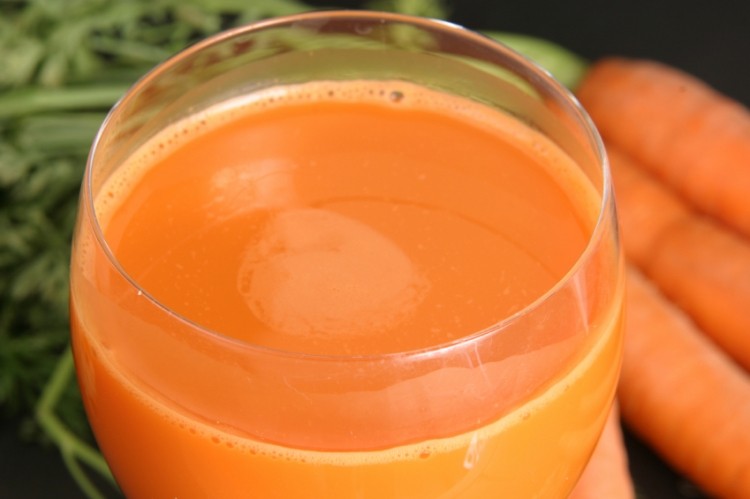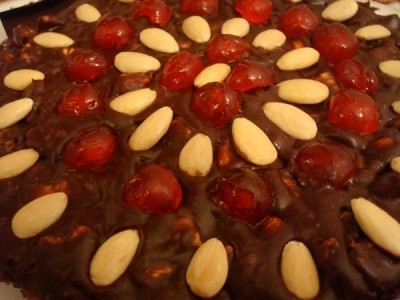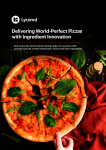Snack Size Science: The wisdom of nano-food colours and low-fat diets

The following is a transcript of this podcast:
This is FoodNavigator’s Snack Size Science. I’m Stephen Daniells - bringing you the week’s top science in digestible amounts.
This week we learn why it is not clever to eat a high-fat diet, but first we look at a way to extend a food formulator’s palette for colouring foods.
As any one who has had a science class will know, oil and water do not mix. And so using pigments that are soluble only in oil to colour water-based foods obviously poses a couple of technical challenges.
According to new findings in the Journal of Agricultural and Food Chemistry, forming nano-sized structures using alginic acid and calcium ions, may allow food formulators to get fat soluble beta-carotene into aqueous foods.
That would have a couple of advantages, including an ability to change colour from dark orange to yellow by simply changing the concentration of beta-carotene in the nanostructures.
I was told that the innovation has already attracted interest from industry, and a patent is in the pipeline. So, this is just another example of how big ideas can come from thinking small.
From small thinking to those big brains at Oxford University, who reported last week that a diet that is high in fat may not only reduce mental dexterity, but also impede physical performance.
When rats were fed a high-fat diet, where 55 per cent of calories are derived from fat, it was found that they could only run half as far as their cousins eating a low fat diet. When the animals were tested in a maze, the those on the high diet also made more mistakes.
While 55 per cent of calories from fat may sound like a lot, it’s not actually beyond the bounds of possibility for humans. A junk food diet would come close.
Human trials are ongoing, and if their results match those of the rat study, advising people against high-fat diets could be a real no-brainer.
For FoodNavigator’s Snack Size Science, I’m Stephen Daniells






















